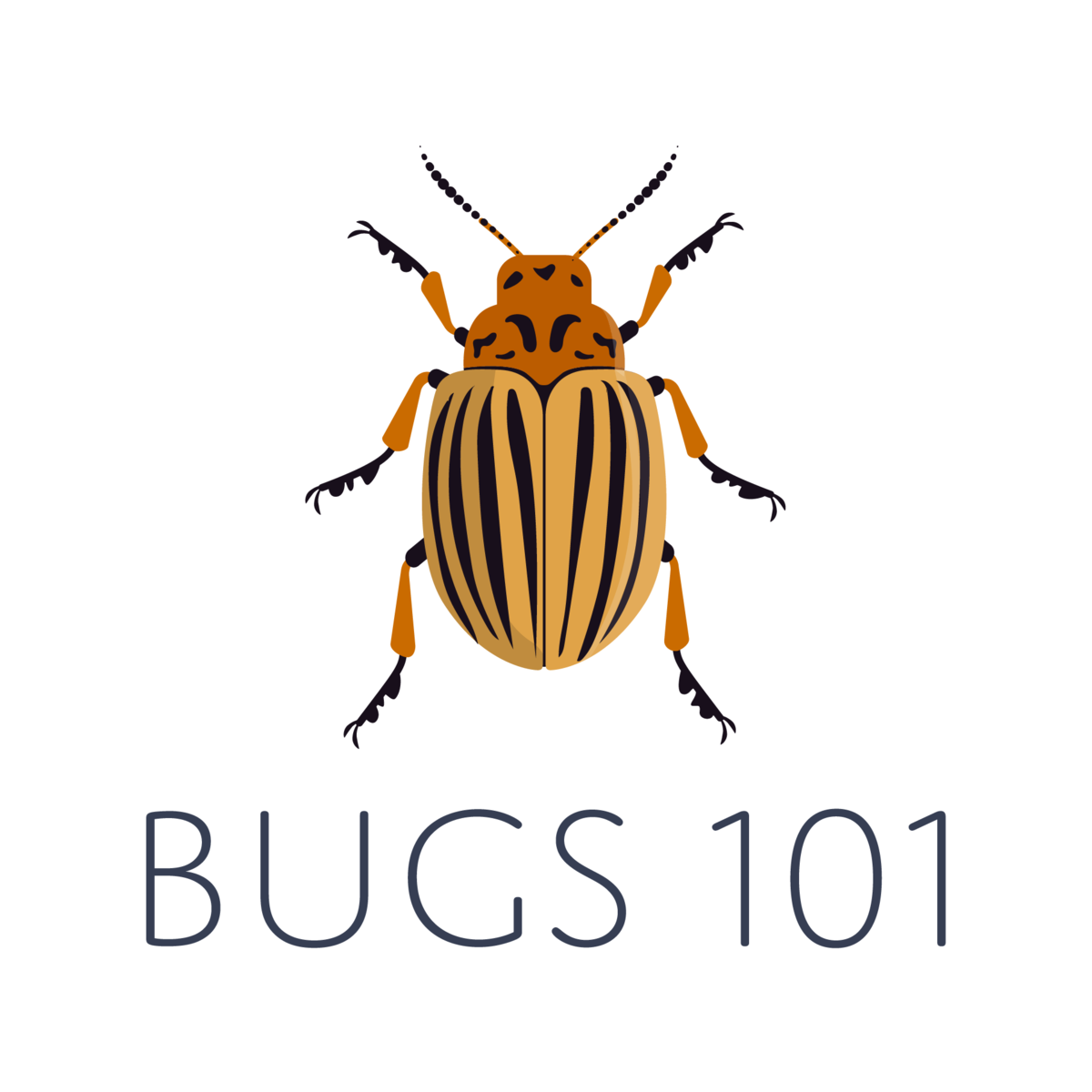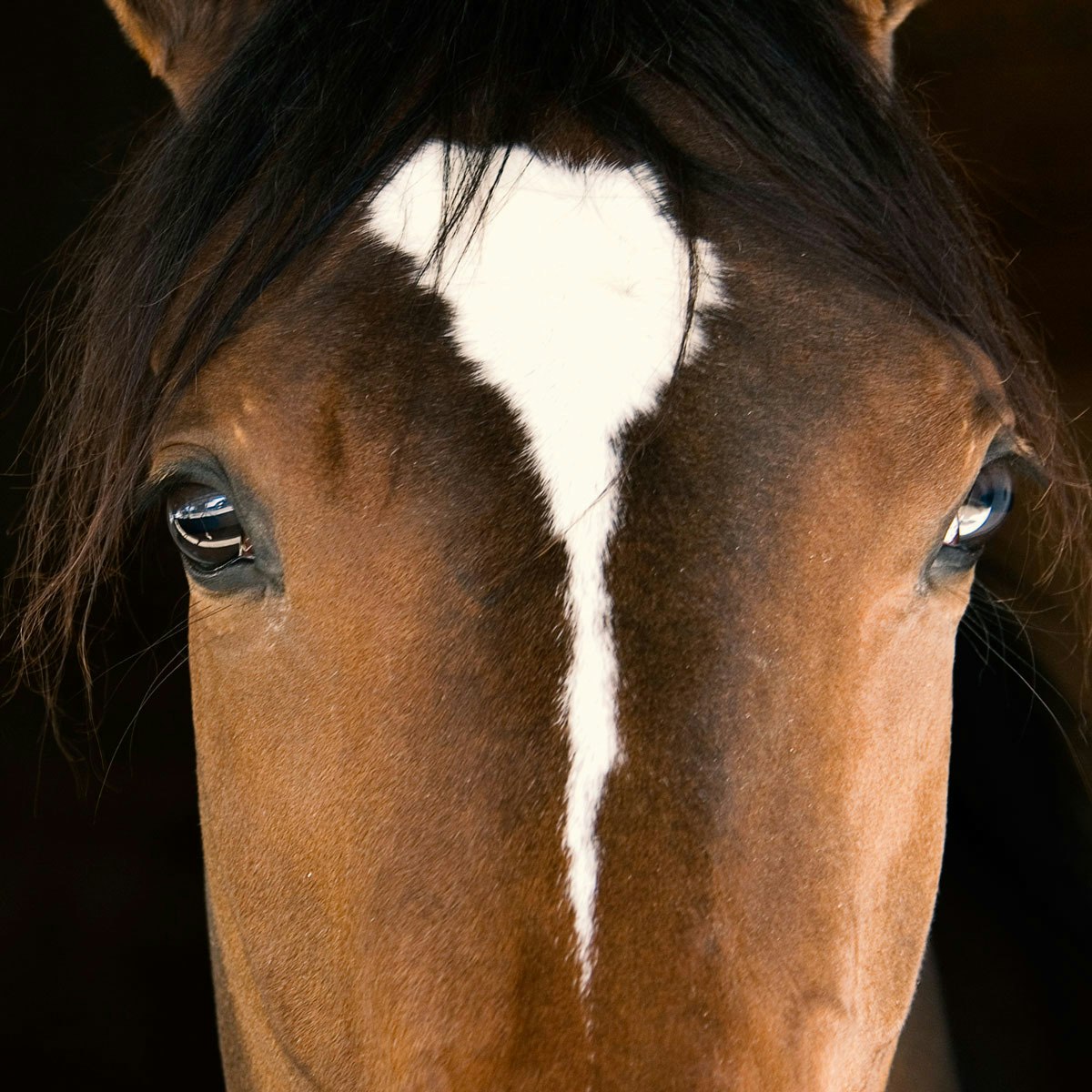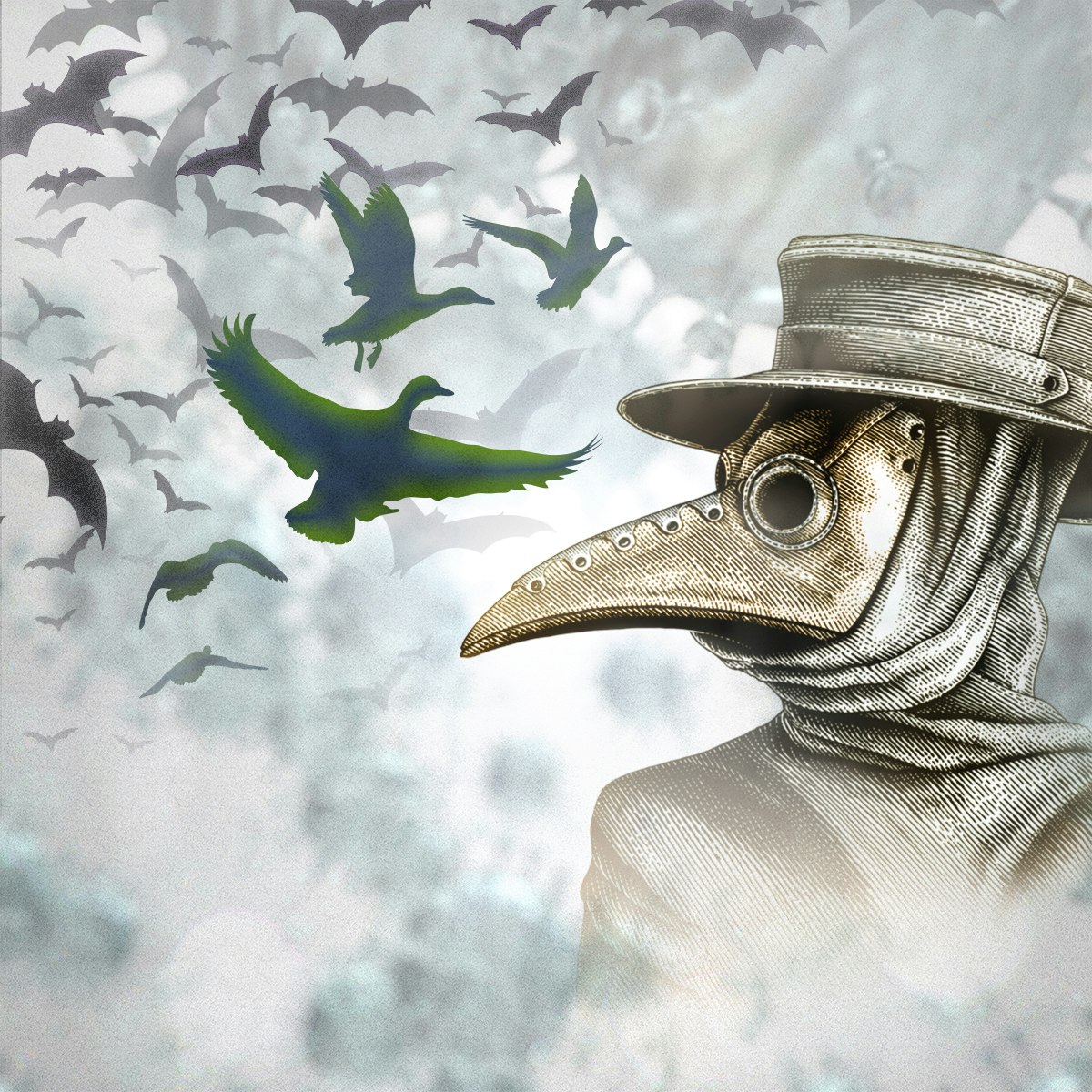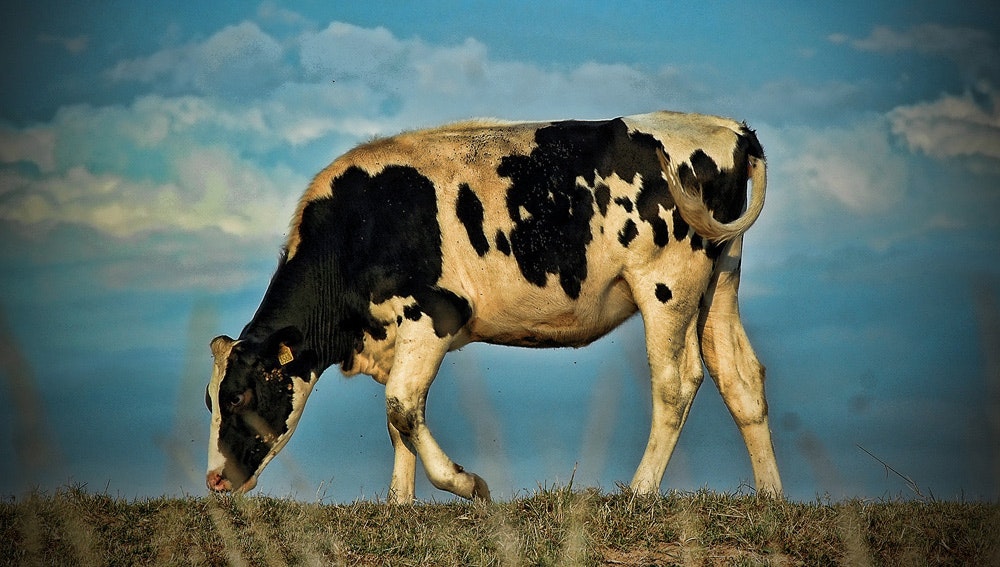Back to Courses









Animal Health Courses
Showing results 1-10 of 12

Dog Emotion and Cognition
Dog Emotion and Cognition will introduce you to the exciting new study of dog psychology, what the latest discoveries tell us about how dogs think and feel about us, and how we can use this new knowledge to further strengthen our relationship with our best friends.

Bugs 101: Insect-Human Interactions
Of all the animals on earth, which are the strongest for their size? What about the fastest? Who were the first animals to evolve flight? Insects take all of these titles and more! As the most abundant animals on the planet, insects and other arthropods affect our lives in so many ways. From beneficial interactions like pollination and biological pest control, to the transmission of life threatening diseases; this course will teach you about the big ways that these little arthropods impact our lives.
In Bugs 101: Insect-Human Interactions, you will be plunged into the diverse (and sometimes alien) world of arthropods to learn how they work, what they do, and how insects and humans interact every day.
After completing this course, you will be able to:
Describe the evolutionary relationships between insects and their arthropod relatives
Inventory major groups of insects and their diversity
Demonstrate evolutionary adaptations that make insects successful
Discuss insect biology and human-insect interactions
Evaluate positive and negative interactions between insects and humans
Propose practical and symbolic roles insects play in human societies

EDIVET: Do you have what it takes to be a veterinarian?
This course is for anyone interested in learning more about Veterinary Medicine, giving a “taster” of courses covered in the first year of a veterinary degree and an idea of what it is like to study Veterinary Medicine.

Equine Welfare and Management
This unique course was developed by veterinarians at the world-renowned University of California, Davis School of Veterinary Medicine. The course will address horsemanship from a welfare perspective, within the context of “The Five Freedoms” of animal welfare. We’ll explore equine physiology, behavior and basic needs including housing, nutrition, hygiene and disease management. You’ll learn how to perform basic tasks to assess the overall condition of the horse and identify problem areas. We’ll also examine the specialized needs of the equine athlete and the major responsibilities we as owners, handlers or competitors must assume in order to ensure the health and welfare of our equine companions. Finally, we’ll look several special topics in equine welfare including disaster planning and the international welfare efforts now in place to protect working horses and other equids in key industries such as racing, international competition, tourism and even mining. By the conclusion of the course, you will be well equipped to develop a comprehensive welfare plan for any horses in your care.

Bats, Ducks, and Pandemics: An Introduction to One Health Policy
Welcome to "Bats, Ducks, and Pandemics: An Introduction to One Health Policy".
One Health is the concept that human, animal, and environmental/ecosystem health are linked. The concept provides a useful framework for examining complex health issues such as food safety and security, emerging and vector-borne diseases, and antimicrobial resistance. It can be used to analyze government policies to determine if they are effective in improving health and well-being.
Agriculture is the foundation of civilization. Surplus food enabled the growth of cities; cities led to nations, and nations discovered the science and technology that allowed populations to grow. But agriculture comes with costs including environmental and ecosystem destruction and the emergence of zoonotic diseases. Antibiotics are the foundation of modern medicine. But antibiotics have come with costs too, including antimicrobial resistance and potentially harmful changes to human and animal microbiomes.
This interdisciplinary course will cover diverse subjects such as basic epidemiology, public health, public policy, basic microbiology, food safety, and security, zoonotic diseases, sanitation and hygiene, antimicrobial resistance, environmental and ecosystem health, and the national and international organizations that oversee health, agriculture, and the environment. Disease outbreaks including Influenza, Q fever, and Ebola will be discussed. While the course was developed and recorded before the COVID-19 pandemic, the concepts learned very much apply to it. This course emphasizes holistic, not siloed, approaches to health, and disease.

Dairy Production and Management
With the world's first MOOOOO-C, you will gain a broad and comprehensive understanding of all aspects of dairy management such as genetics, nutrition, reproduction, animal health, farm economics, and sustainability of dairy production systems. There's something here for everyone whether you are just looking for the basics or have years of experience in the dairy industry.
This is an eight-week course. Each week consists of four to nine video lectures, additional reading materials, and a multiple-choice questions quiz. Estimated study time is between three and five hours per week. Learners have the option to purchase a Course Certificate for 49.00 USD. The certificate can be purchased at any time, but you must verify your identify before taking the course quizzes in order to be eligible. For those who cannot afford the certificate fee, financial aid is available through Coursera.
Why is producing milk efficiently and sustainably so important?
Milk provides humans with over 16 essential nutrients, such as: Energy, Protein and Essential Amino acids, Vitamin A, Vitamin D, several B vitamins, including B12, Pantothenic and Folic acids, and essential minerals such as Calcium, Magnesium, Phosphorus, Potassium, Zinc, as well as other minerals. Did you know that one glass of milk provides a 5-year old child with 21% of his/her daily protein requirements and 8% of their energy needs?
Most milk in the world, about 85%, is produced from cattle. However, water buffaloes, goats, sheep, and camel are also dairy animals. The United States, India, the European Union, Brazil, and New Zealand are among the largest dairy producers in the world. Yet among these dairy-producing countries there are varied methods to generate milk with highly variable productivity and efficiency. Dairy production is vital for the survival of billions of people. Globally, around 150 million small-scale dairy households, equivalent to 750 million people, are engaged in milk production. The number and size of dairy farms varies among countries, but in India alone, there are estimated 78 million dairy farms! In the United States, one of the leading milk-producing countries in the world, total milk production has been steadily increasing in the last decades, reaching over 205 billion pounds (93 billion kilograms) in 2014. This was accompanied by a steady increase in average milk yield per cow, reaching 22,260 lb (over 10,100 kg) per lactation in 2014. How has this efficiency been achieved? What methods are necessary to ensure production of high quality milk? How do we balance milk production efficiency with animal health and environmental protection? This course will provide the student with information to better understand dairy production systems and their role in feeding the world population.
In this MOOOOO-C, you will learn about the dairy enterprise from internationally recognized dairy science professors who have delivered highly regarded dairy education programs within the United States and internationally.
Course lectures are translated into Portuguese and Chinese; PDF files of these translations can be found under each course week. The Dairy MOOC team thanks Dr. Antonio Branco (Universidade Estadual de Maringá, Brazil) and Ms. Yuanyuan Zhang (Pennsylvania State University) for translating the lecture materials.
Course Sponsors
This course was supported by the generous contributions of Innovation Center for US Dairy at Silver Level and Pancosma North America, RP Nutrients, Inc. and Arm and Hammer, which provided funding support at a Bronze Level. The Pennsylvania State University has final responsibility for the academic content of this course.

Animal Behaviour and Welfare
Animal welfare has been described as a complex, multi-faceted public policy issue which includes important scientific, ethical, and other dimensions. Improving our understanding of animal welfare, involves the fascinating study of animal behavior as well as the challenge of accessing the emotions of animals.
This is the On-Demand version of this course, which means you can start the course at any time and work through the course materials at your own pace. The materials and quizzes will always be available to you.
You can come and talk about the course on Twitter using the hashtag #EdAniWelf

The Truth About Cats and Dogs
What is your cat revealing to you when she purrs? What is your dog expressing when he yawns or wags his tail? Understanding your cat and dog’s behaviour and the way they communicate with you, will enable you to better understand their needs and strengthen your relationship with them.
This MOOC is divided into five topics, the appliance of science; behaviour and body language, senses and perception; challenges for the human-animal relationship, including pet problem behaviour; and how to improve the quality of life for cats and dogs in our care.
At the start of the course we ask you to consider what you feel is important to your cat/dog and what your cat/dog means to you? We explore the world of cats and dogs and how our relationships with them vary around the world and have changed over time. We ask if we can really know what our animals are thinking or trying to communicate through their facial expressions and behaviours.
From our beloved pets to street dogs, shelter dogs/cats and welfare challenges, we explore the world from their perspective and examine how their genetic make-up may influence their behavioural responses and choices. We dispel common behavioural myths by looking through a scientific lens, asking questions about the function and development of their behaviour.. We explore how their senses help them to interact with their world and how they communicate with each other and us!
Finally, we ask whether we impose unrealistic expectations on our cats and dogs and how this affects their ability to live alongside us. We ask, what can we do to be more responsible pet owners and to ensure the welfare of all cats and dogs in society? This MOOC explores different scientifically validated methods that can help you to better understand your pet, to enrich their lives and help you to be a more educated and confident pet owner.
We hope you enjoy the course!

Sustainable Food Production Through Livestock Health Management
Learn about the impact of infectious disease on sustainable animal-based food production by understanding the science of growth, immunity, and infection and by learning the problem-solving skills needed to advance animal health and food production through optimal management practices.
There is a growing global need in agricultural production for a workforce that is capable of integrating knowledge of animal health and production with an understanding of consumer preferences in the context of economic reality, business efficiency, and ethical constraint. However, current evidence suggests that there is a growing shortage of people with the knowledge and problem-solving skills required to match the rapid advances being made in animal health, science, and food production. The results of this shortage are wide-ranging and could lead to challenges in food security and agricultural economic competitiveness in some countries.
In this course we will explore the effect of infectious disease on sustainable animal-based food production. The content and learning outcomes of this new course will be designed to be relevant across different food production sectors (i.e., beef, dairy, poultry, and pigs). While the instructors will provide the participants with a strong scientific base for understanding the impact of infectious disease in animal-based food production, the emphasis of the material will be on practical problem-solving and will be directed towards equipping participants with a platform for developing the skills needed to contribute to sustainable food production.

Design and Implementation of Digital Health Interventions
This course covers various themes around design, regulatory approaches, ethics, technology adoption, implementation and strategy as applied to digital health. These session cover areas to include data regulations, examples of data breaches in digital health, the challenges and opportunities of technology adoption and implementation with a focus on the non-adoption, abandonment, scale-up, spread and sustainability framework (NASSS Framework). The strategy part of this course focuses on understanding a simple strategy for digital health through PESTLE and SWOT analysis, and examples of their application in digital health.
Popular Internships and Jobs by Categories
Find Jobs & Internships
Browse
© 2024 BoostGrad | All rights reserved